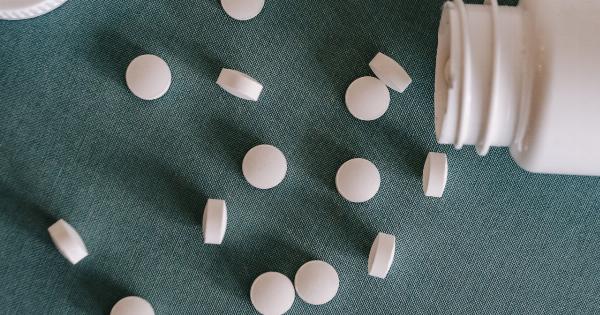Statins are medications commonly prescribed to lower cholesterol levels and reduce the risk of heart disease and stroke. While they are generally well-tolerated, some individuals may experience muscle aches as a side effect of statin therapy.
This article delves into the relationship between statins and muscle aches, exploring the possible causes, risk factors, and management strategies.
Understanding Statins
Statins, also known as HMG-CoA reductase inhibitors, are a class of medications that work by reducing the production of cholesterol in the liver.
By lowering LDL (low-density lipoprotein) cholesterol and triglyceride levels, statins help prevent the buildup of plaque in the arteries, reducing the risk of cardiovascular events.
Prevalence of Muscle Aches
Muscle aches or myalgia is one of the most commonly reported side effects associated with statin use. While the incidence varies among studies, it is estimated that up to 30% of individuals on statin therapy may experience muscle-related symptoms.
These symptoms can range from mild discomfort to severe pain, often affecting the proximal muscles, such as the thighs, shoulders, and back.
Possible Causes
The exact cause of statin-associated muscle aches is still not fully understood. However, several mechanisms have been proposed:.
1. Coenzyme Q10 depletion: Statins can lower the levels of coenzyme Q10, an antioxidant that plays a crucial role in cellular energy production. This depletion may impair muscle cell function and contribute to muscle aches.
2. Inflammation: Statins can trigger an inflammatory response within the muscles, leading to muscle soreness and pain.
3. Mitochondrial dysfunction: Some studies suggest that statins may disrupt mitochondrial function in muscle cells, impairing energy production and causing muscle pain.
Risk Factors for Developing Muscle Aches
While muscle aches can occur in anyone taking statins, certain factors may increase the likelihood of developing this side effect:.
1. High statin dosage: The risk of muscle aches appears to be dose-dependent, meaning that higher doses of statins are more likely to cause muscle-related symptoms.
2. Advanced age: Older individuals may be more susceptible to statin-induced muscle pain due to age-related changes in muscle metabolism and increased vulnerability to medication side effects.
3. Drug interactions: Some medications, such as fibrates, macrolide antibiotics, and certain antifungal agents, can interact with statins and increase the risk of muscle-related side effects.
4. Pre-existing muscle disorders: Individuals with a history of muscle disorders, such as myopathy or rhabdomyolysis, may be at a higher risk of developing statin-induced muscle aches.
Managing Statin-Related Muscle Aches
If you are experiencing muscle aches while taking statins, it is important to discuss your symptoms with your healthcare provider. They may recommend the following strategies:.
1. Dose adjustment: Your doctor may modify your statin dosage or switch you to a different statin to alleviate muscle pain while still maintaining cholesterol control.
2. Coenzyme Q10 supplementation: Some studies suggest that taking coenzyme Q10 supplements alongside statin therapy may help reduce muscle-related symptoms.
3. Exercise and physical therapy: Engaging in regular exercise and seeking guidance from a physical therapist can help alleviate muscle discomfort and improve overall muscle function.
4.
Medication review: If you are taking other medications in addition to statins, your healthcare provider may review your medication regimen to identify any potential drug interactions or alternative medications that may be causing or contributing to muscle aches.
5. Regular monitoring: Your doctor may recommend regular blood tests to monitor your cholesterol levels and liver function while on statin therapy.
Conclusion
In conclusion, while statins are highly effective in reducing cholesterol and lowering the risk of cardiovascular disease, muscle aches can be a bothersome side effect for some individuals.
Understanding the potential causes and risk factors for statin-related muscle aches is crucial in effectively managing this side effect. By working closely with your healthcare provider, you can explore different strategies to reduce or alleviate muscle pain while still benefiting from the cardiovascular protective effects of statin therapy.





























